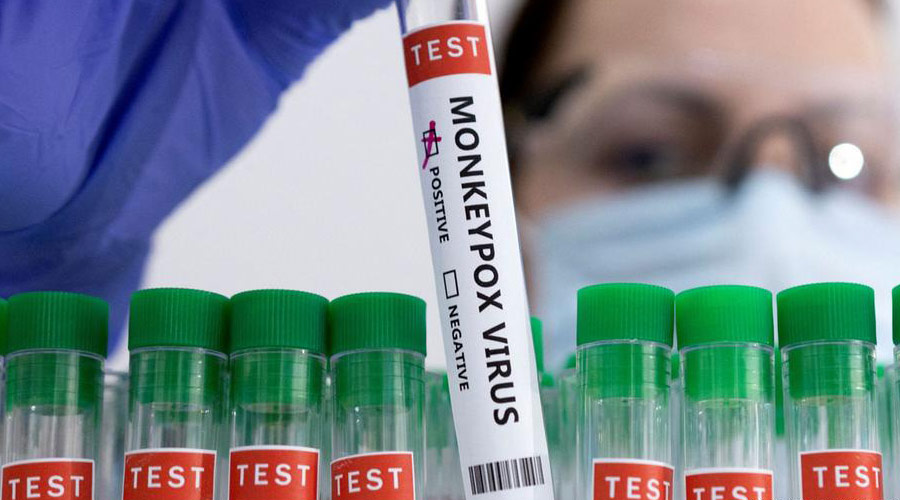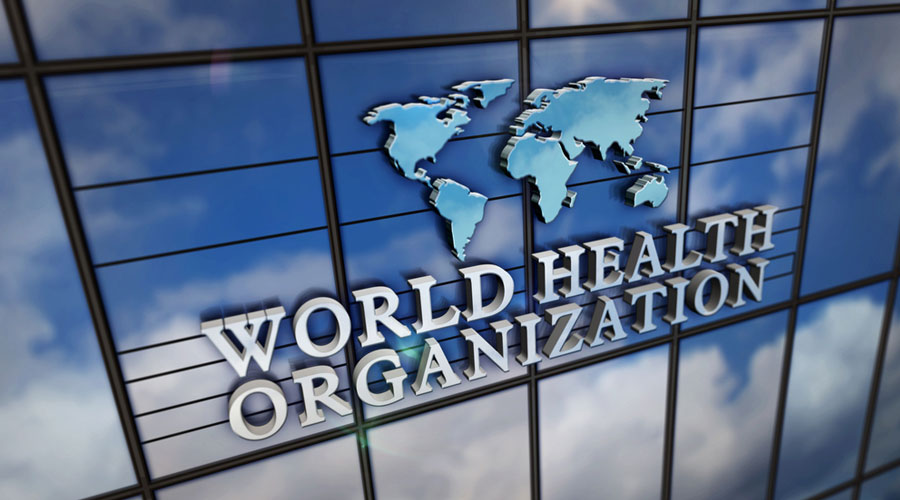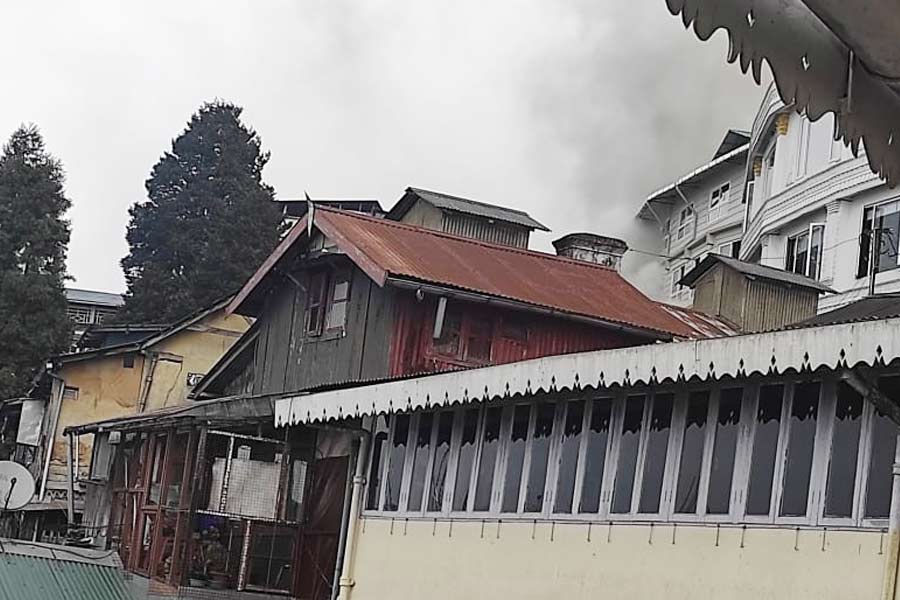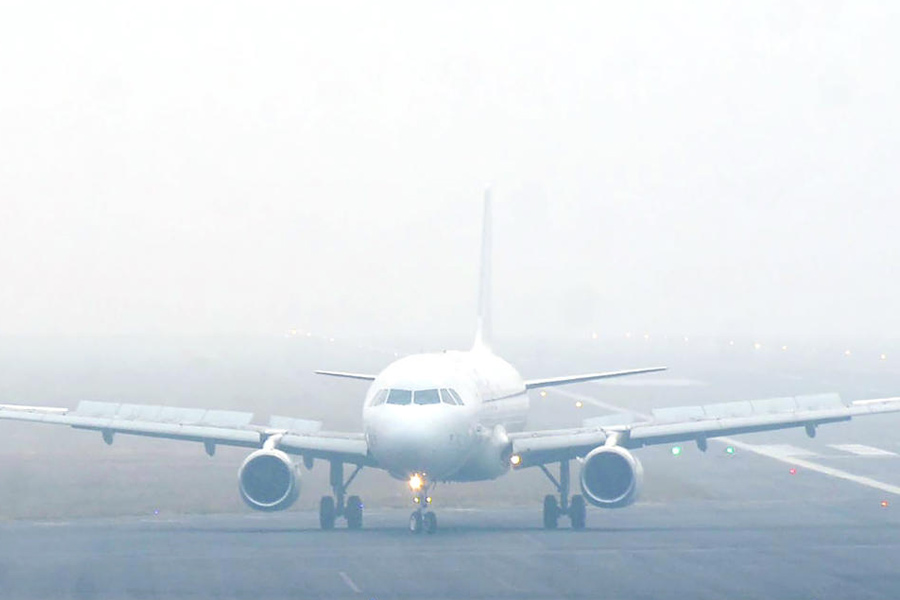A 34-year-old man from the national capital with no history of foreign travel has tested positive for monkeypox virus, making it the fourth case of the disease being reported in India, the government said on Sunday.
The man had recently attended a stag party in Manali in Himachal Pradesh, official sources told PTI.
A resident of West Delhi, the man was isolated at the Lok Nayak Jai Prakash Hospital here around three days ago after he showed symptoms of the disease.
His samples were sent to the National Institute of Virology (NIV) Pune on Saturday which came out positive, Union Health Ministry officials said.
"The case is presently recovering at the designated isolation centre at the Lok Nayak Hospital. The close contacts of the case have been identified and are under quarantine as per the Ministry of Health's guidelines," they said.
"Public health interventions like identification of the source of infection, enhanced contact tracing, testing sensitisation of private practitioners etc. are being carried out. A high-level review of the situation has been planned by the Directorate General of Health Sciences at 3 pm Sunday," the ministry said.
Three cases of monkeypox had earlier been reported from Kerala.
The World Health Organisation (WHO) had on Saturday declared monkeypox as a global public health emergency of international concern.
Monkeypox virus is transmitted from infected animals to humans via indirect or direct contact. Human-to-human transmission can occur through direct contact with infectious skin or lesions, including face-to-face, skin-to-skin, and respiratory droplets.
Globally, over 16,000 cases of monkeypox have been reported from 75 countries and there have been five deaths so far due to the outbreak.
In the WHO South-East Asia Region, besides India, one case has been detected from Thailand
The Health Ministry had last week reviewed the screening procedure of international travellers arriving in India at airports and ports after cases of the virus were reported in the country.
Airport and Port Health Officers (APHOs and PHOs) and regional directors from regional offices of health and family welfare were advised to ensure strict health screening of all arriving international travellers to minimise the risk of importation of monkeypox cases into the country, a ministry statement had said.
They were advised to coordinate with other stakeholder agencies at international ports and airports to streamline health screening processes besides ensuring suitable linkages with hospital facilities earmarked to each port of entry for timely referral and isolation.
According to the WHO, monkeypox is a viral zoonosis (a virus transmitted to humans from animals) with symptoms similar to those seen in the past in smallpox patients, although it is clinically less severe.
Monkeypox typically presents with fever, rash and swollen lymph nodes and may lead to a range of medical complications.
It is usually a self-limited disease with the symptoms lasting for two to four weeks.
In the 'Guidelines on Management of Monkeypox Disease' issued to states and UTs the Centre has stated that human-to-human transmission occurs primarily through large respiratory droplets generally requiring a prolonged close contact.
It can also be transmitted through a direct contact with body fluids or lesion material, and indirect contact with lesion material, such as through contaminated clothing or linen of an infected person.
Animal-to-human transmission may occur by bite or scratch of infected animals like small mammals including rodents like rats or squirrels and non-human primates like monkeys and apes or through bush meat preparation.
The incubation period (interval from infection to onset of symptoms) of monkeypox is usually from 6 to 13 days but can range from 5 to 21 days, the document stated.
The case fatality ratio of monkeypox has historically ranged from 0 to 11 per cent in the general population and has been higher among young children. In recent times, the case fatality ratio has been around three to six per cent, the document stated.
The symptoms include lesions which usually begins within 1-3 days of fever onset, lasting for around two-four weeks and are often described as painful until the healing phase when they become itchy (in the crust stage).
A notable predilection for palm and soles is characteristic of monkey pox, the guidelines stated.
According to the guidelines, contacts should be monitored at least daily for the onset of signs/symptoms for a period of 21 days (as per case definition) from the last contact with a patient or their contaminated material during the infectious period.
PTI












